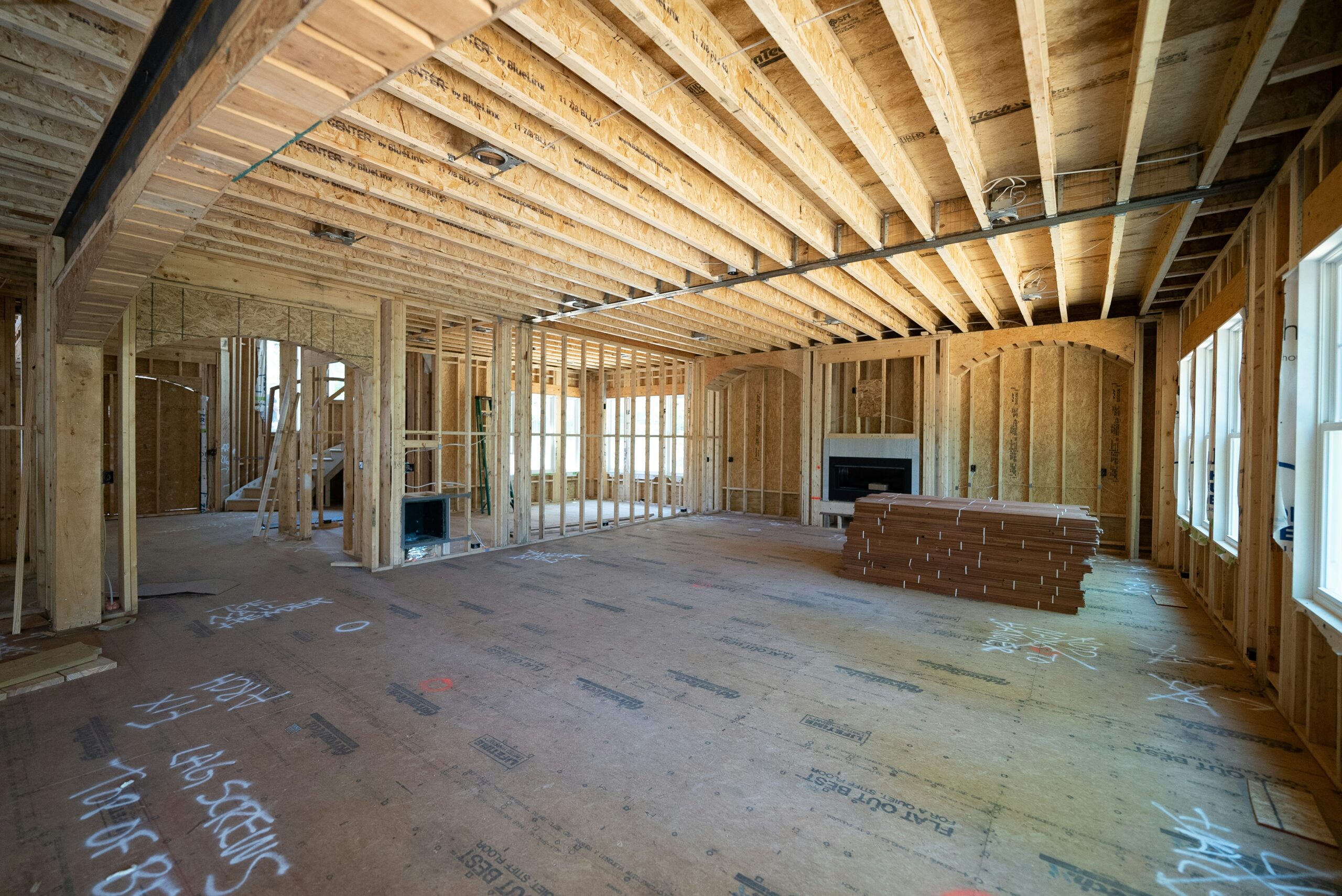
US Housing Inflation Relief May Be Short-Lived
U.S. Federal Reserve officials are optimistic that housing inflation will begin to cool in the coming months, marking a crucial step in their efforts to control overall price increases and justify their pivot towards interest rate cuts. However, a new challenge is emerging on the horizon: as the pipeline for new apartments starts to run dry, and the stock of single-family homes remains limited, there is a growing concern about future price pressures in a sector that plays a significant role in the Consumer Price Index (CPI).
Despite the fact that their 2% inflation target uses an index that is less sensitive to shelter costs, Fed officials still consider housing and rent dynamics to be a critical, unresolved part of their ongoing battle against inflation. The shortage of existing inventory continues to be a major constraint on increasing purchase volume, especially with mortgage rates hovering above 7%, which could further strain the housing market in 2025 and 2026.
While the Fed anticipates a “disinflation” in overall shelter costs as the surge in rents and home prices from the pandemic era begins to fade, the current challenge lies in gaining confidence in declining inflation to justify initiating rate cuts. However, supply constraints and a shortage of homes have created a built-in inflationary pressure, leaving the Fed in a delicate position as it seeks to stimulate demand while ensuring an adequate supply of housing.
Housing affordability concerns have intensified during the pandemic, with median home prices jumping 50% from its onset through the end of 2022 – though they have since eased – and apartment construction tilted towards higher-end units. Members of Congress have called on the Fed to cut rates both to bring down mortgage costs for consumers and encourage construction; states are toying with rent-control measures and programs to boost supply.
The issues are far bigger than the Fed.
“We have longer-run problems with the availability of housing,” Fed Chair Jerome Powell said at a press conference following the central bank’s January meeting. “There hasn’t been enough housing built,” Powell said, but “these are not things that we have any tools to address.”
Housing markets vary widely across the country, shaped by local zoning rules, politics and land prices. Still, financing costs heavily influenced by the Fed are key to the investment decisions being made today that will determine future housing supply.
For the Fed’s immediate purposes, a coming “disinflation” in overall shelter costs seems almost certain as the record pandemic-era jump in rents and home prices fades into the past, but nonetheless essential to gaining the necessary confidence in declining inflation to begin rate cuts. After rapid rate hikes beginning in March 2022, the policy rate has been held at 5.25%-to-5.50% since July.










